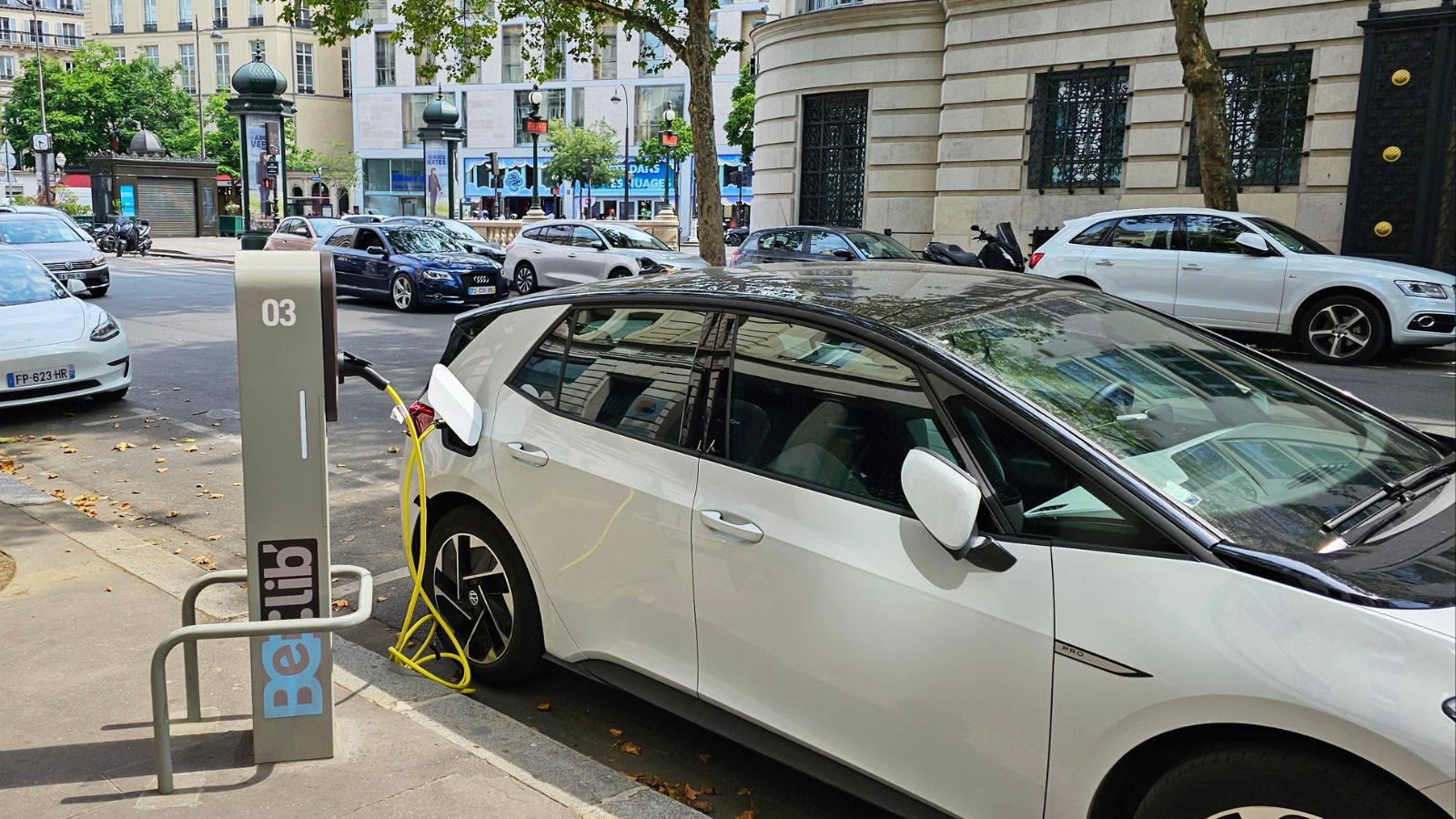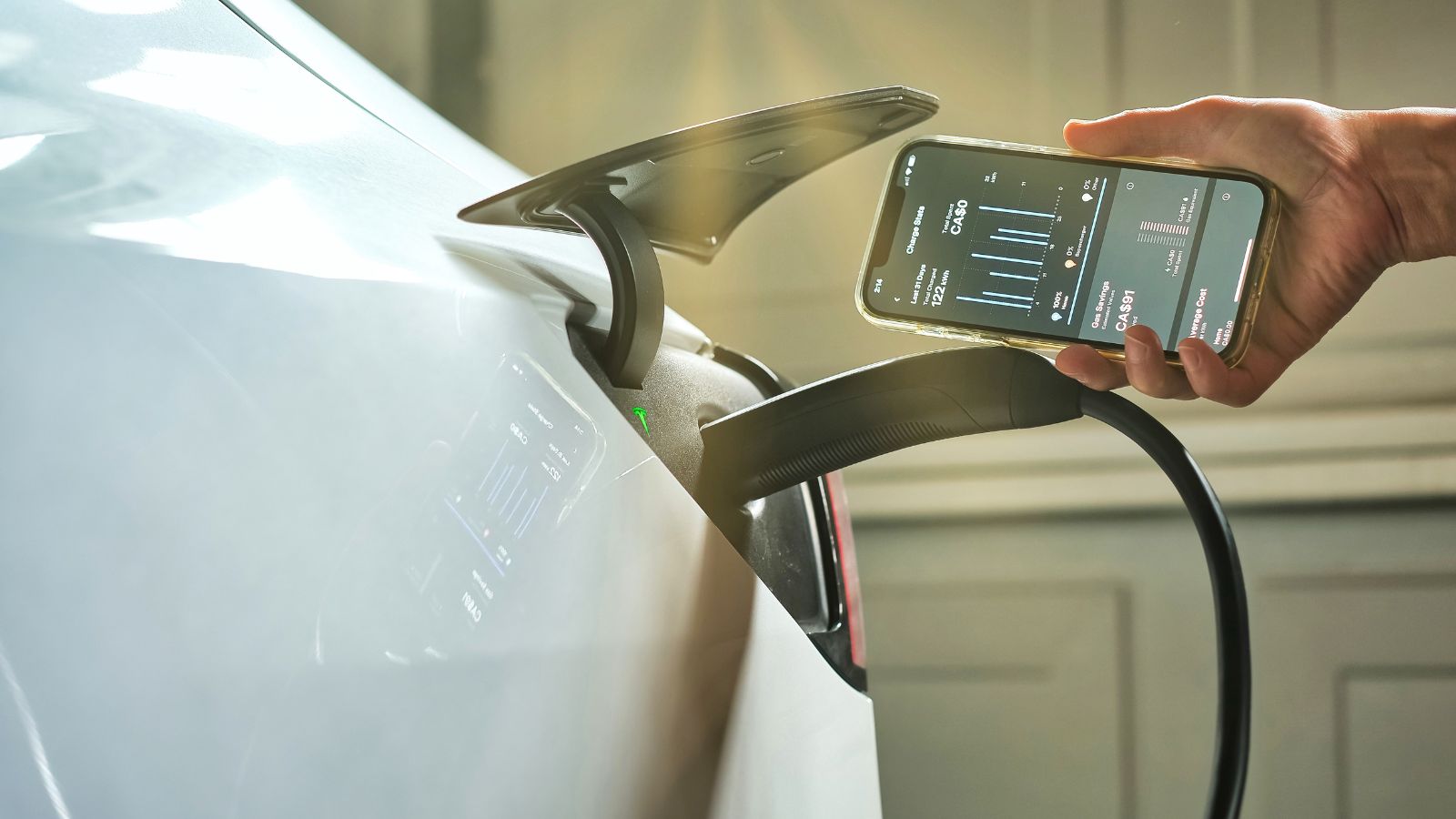Electric vehicles are the environmentally conscious choice as the world moves toward sustainable energy solutions. While most people take advantage of the benefits of electric vehicles, including reduced fuel costs and low emission levels, the discussion of its cost on the other side has not been seen much in the press. This understanding can be of great help to consumers in making wise decisions. Here are 19 eye-opening facts about the hidden costs associated with electric vehicles.
Higher Upfront Purchase Price

Electric vehicles typically have a higher upfront purchase price than traditional gas-powered cars. This is mainly due to the expensive battery technology and advanced components they require, which can be a big turn-off for price-sensitive buyers.
Costs of Replacing Batteries

One of the major hidden costs of owning an electric vehicle is replacing the battery. An EV battery lasts between 8 and 15 years from its date of usage and charging. Replacing the battery could cost between $3,000 and $20,000. This future expense forms an important consideration for the total cost of ownership.
Investment in Charging Infrastructure

Although convenient, home charging might not be accessible for all. Public charging stations might be scarce in some regions, and home charging units must be installed, or utilization of expensive public charging becomes a necessity.
Restricted Range

Even though the new battery technology increases the mileage of electric cars, most electric cars have limited mileage compared to traditional gasoline cars. This comes with additional planning costs and delays once long-distance travel is planned.
Time Cost of Charging

Charging an electric vehicle takes far longer than a typical gasoline car. Although it varies by charging station and by which vehicle, full charging of an EV can take anywhere from 30 minutes to several hours or even days. This time cost may become a factor in daily routines and travel plans.
Potential for Higher Electricity Charges

Owning an electric vehicle can lead to higher electricity bills, especially if you charge it at home regularly. As more people use EVs, the increased demand for electricity could cause power companies to raise prices. So, while you’re saving on gas, you might end up paying more for electricity.
Depreciation Rates

Electric cars depreciate at a faster rate compared to gasoline cars, mainly due to rapid technological evolution and improvements in battery life. All this translates into lower resale values, which must be incorporated within the overall analysis cost.
Environmental Impacts from Battery Production

The production of electric vehicle batteries has significant environmental impacts. Mining materials like lithium, cobalt, and nickel, essential for these batteries, causes pollution and can harm local ecosystems. Additionally, the energy-intensive manufacturing process contributes to carbon emissions, making the environmental benefits of EVs less straightforward than they seem.
Insurance Premiums

Insurance rates for electric vehicles may be higher than their petrol-powered counterparts, with factors such as the prices of automotive parts and the costs of doing repairs playing a role in the higher rates and giving grounds for consumers to shop around and get competitive rates for their EV insurance.
Maintenance Costs

Although EVs are less maintenance-intensive than their conventional counterparts, they still don’t fix and replace themselves at times. Sometimes, the special services or parts may have higher repair bills, mainly because of the batteries.
Disposal Costs at the End of Life

Battery disposal is a growing environmental concern since most modern batteries are not recycled, and managing waste appropriately can be expensive. Disposal-related environmental costs should also be a factor in the life cycle analysis of electric automobiles.
Range Anxiety

The fear of getting too far from a charging station and running out of battery has been termed range anxiety, which may affect purchasing and involve additional costs in terms of trip planning until the availability of charging options improves.
Concerns for Grid Stability

With the increase in the number of electric vehicles, an increased pressure on the electrical grids is anticipated. It might expose the possibility of extra infrastructure expenditure, which would eventually be passed along to users in terms of rates.
Changes in government incentives

While government incentives can reduce the cost of electric vehicles, those incentives, in turn, can change with policy and funding. Consumers must be aware of how these fluctuations will affect their purchase decisions.
Charging Accessories and Upgrades

This also covers investment in home charging equipment or upgrades that could have contributed to the total cost of owning an EV. These can range from a few hundred to several thousand dollars, depending on the type of charge and installation.
Chances of Higher Registration Fees

Registration fees for electric vehicles will be paid through higher fees in some jurisdictions that are seeing some of the lost gas tax restored into pockets. Consumers need to be aware of local policies that contribute to higher costs over the life of EV ownership.
Upgrade Home Infrastructure Cost

Owning an electric vehicle may require upgrading your home’s electrical system to support a charging station. This could involve installing a higher-capacity circuit or making other electrical improvements, which can be expensive. These additional costs for home infrastructure upgrades are often overlooked when considering the total expenses of owning an EV.
Specialized Repair Costs

In case of a breakdown, it may not be easy to identify a technically competent person who could replace an electric vehicle part, even in a town setting. It would significantly increase the cost paid as one has to look for specific services.
Impact on the Used EV Market

There would be adverse effects brought about by technological progress to the used electric vehicle market, such as faster innovation that would force older models to be resold at lesser prices compared to new, more efficient models.
Conclusion

While electric vehicles offer numerous benefits, such as reduced fuel costs and lower emissions, they also come with several hidden costs that are often overlooked. The total cost of ownership can be significant, from higher upfront purchase prices and battery replacement expenses to the need for charging infrastructure and potential increases in electricity bills. Additionally, the environmental impacts of battery production and resource extraction raise important questions about sustainability. Understanding these challenges helps consumers make informed decisions about EVs, balancing their advantages and the potential financial and environmental trade-offs in transitioning to electric transportation.
18 Reasons Why People Are Leaving Florida in Masses

Exploring factors that impact the desirability of living in Florida, this list delves into various challenges shaping residents’ experiences. From environmental concerns like rising sea levels to economic factors such as fluctuating job markets, these issues collectively contribute to a nuanced understanding of the state’s appeal.
18 Reasons Why People Are Leaving Florida in Masses
